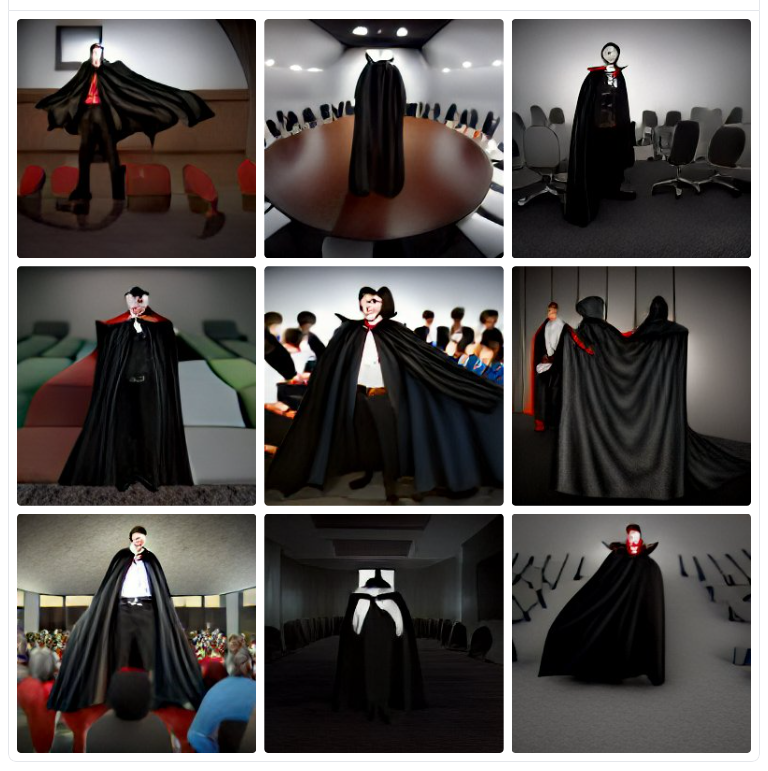A reputation vampire is a person seeking to advance their career by merely associating themselves with the work of others. They can look very active, but when you actually analyse their concrete contribution you discover it’s mostly the work of others. While they may sound harmless, they can severely impact communities over time as they block both processes and work, especially when they reach decision-making roles.

Signs you may have found one:
- Joins lots of committees and Boards, perhaps with a sense of entitlement
- Joins online discussions with many +1 comments but little contribution
- Grabs the mic to contribute to meetings and then talks about themselves and their ideas
- Generally avoids concrete deliverables, and if unavoidable delegates them, especially in order to supervise/review (& then doesn’t)
- Runs into deadlines for deliverables and even then fails to deliver
- Makes minor changes to deliverables so as to be included in the thanks
- Challenges work done by people who avoid their attachment attempts
- Misses meetings despite asking for them to be scheduled for their convenience
- Ghosts any work they were involved with when it turns out they will have to share the credit or they would have to make concrete contributions
- Frames anyone that’s on to them as “not a team player”
If you are worried you may be one, you almost certainly aren’t.
Questions:
- Can they see their reflection? Do reputation vampires know they are vampires?
- What is the equivalent of a crucifix/garlic/stake?
- Does their bite transmit?
“A vampire may play with his food, but he never sets it free.” – Pamela Palmer
(Term originally coined in 2019. Images by DALL·E Mini)


Comments
No comments yet. Be the first to react!